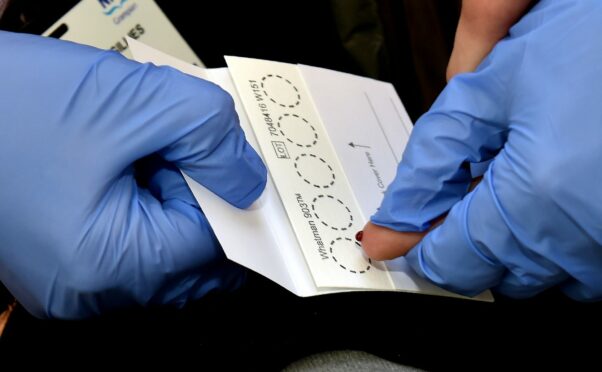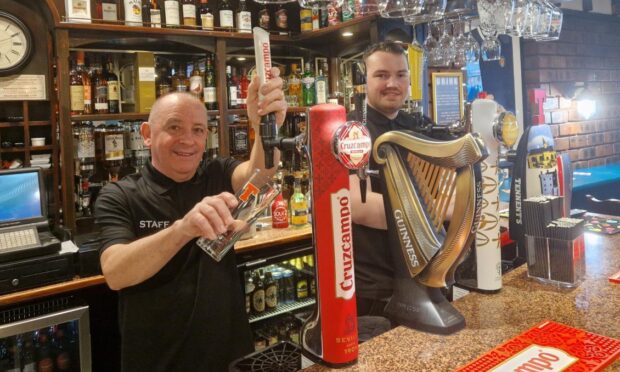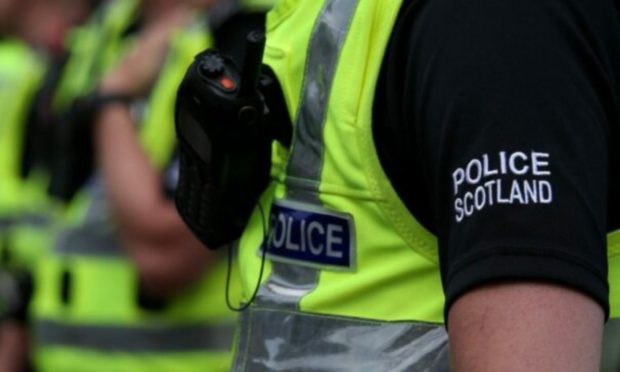Health experts are investigating an increase in hepatitis cases among young children in Tayside, Fife and Scotland’s central belt.
Public Health Scotland has urged parents to check their children for common symptoms of the illness following the increase in a short period of time.
They say 11 cases of hepatitis have been identified in children aged between one and five years old, with most presenting from March.
They were identified across four NHS Health Board areas in Scotland – Tayside, Fife, Lanarkshire, and Greater Glasgow and Clyde.
All of the cases required admission to hospital.
Parents urged to check for signs of hepatitis
The hepatitis viruses A to E have been excluded from the investigation.
Around seven or eight cases of non A to E hepatitis are detected in children in Scotland without other underlying diagnoses every year.
Medical experts say diagnosing 11 cases in such a short period of time, combined with the small geographical spread and severity of illness in some cases, is unusual.
Currently there is no clear connection between the cases and there is no determined cause.
All possible causes are being explored, but infection is considered to be a more probable source this time.
Investigations are still in the early stages and work is ongoing with partners and other agencies across the UK to investigate these cases.
Dr Nicholas Phin, director of public health for Public Health Scotland said: “If you have a child who is showing signs of jaundice, where the skin has a yellow tinge and is most easily seen in the whites of the eyes, then parents should contact their GP or other health care professional.
“We are continuing to investigate these cases and will provide further updates as and when they are available.”











